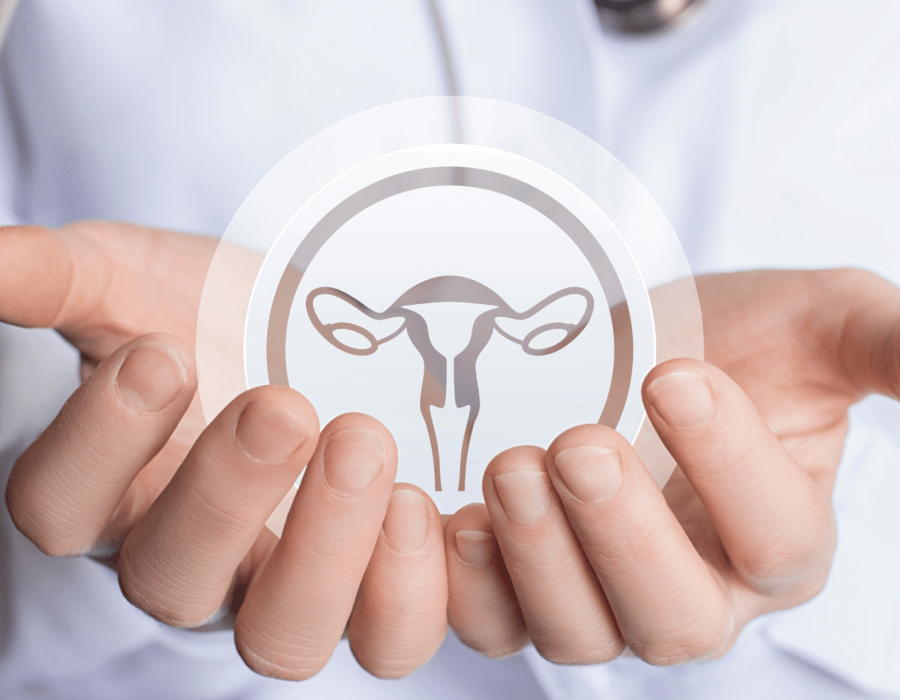Ovarian stimulation is a fertility treatment technique used to encourage the ovaries to produce multiple eggs in a single menstrual cycle. It involves the use of hormone medications, such as follicle-stimulating hormone (FSH) and luteinizing hormone (LH), to stimulate the growth of multiple ovarian follicles.
This process is crucial in treatments like In vitro fertilization (IVF) and intrauterine insemination (IUI) to increase the chances of successful fertilization.
Before starting ovarian stimulation, a fertility specialist conducts an initial assessment, including blood tests and ultrasound examinations, to evaluate ovarian reserve and overall reproductive health. The stimulation process begins with administering hormone injections or oral medications, which are carefully monitored through regular blood tests and ultrasounds to track follicle development.
Once the follicles reach the desired size, typically around 18-20 mm, a trigger shot of human chorionic gonadotropin (hCG) or another medication is given to induce the final maturation of the eggs. This prepares the eggs for retrieval or ovulation.
Ovarian stimulation is essential for increasing the number of eggs available for fertilization, improving the success rates of fertility treatments. However, it can have some risks and side effects, including ovarian hyperstimulation syndrome (OHSS) and the possibility of multiple pregnancies. Close monitoring by a fertility specialist ensures the process is as safe and effective as possible.




.png)

Comments